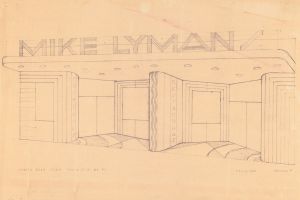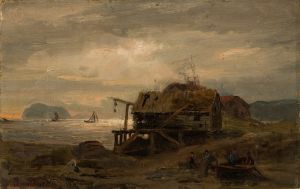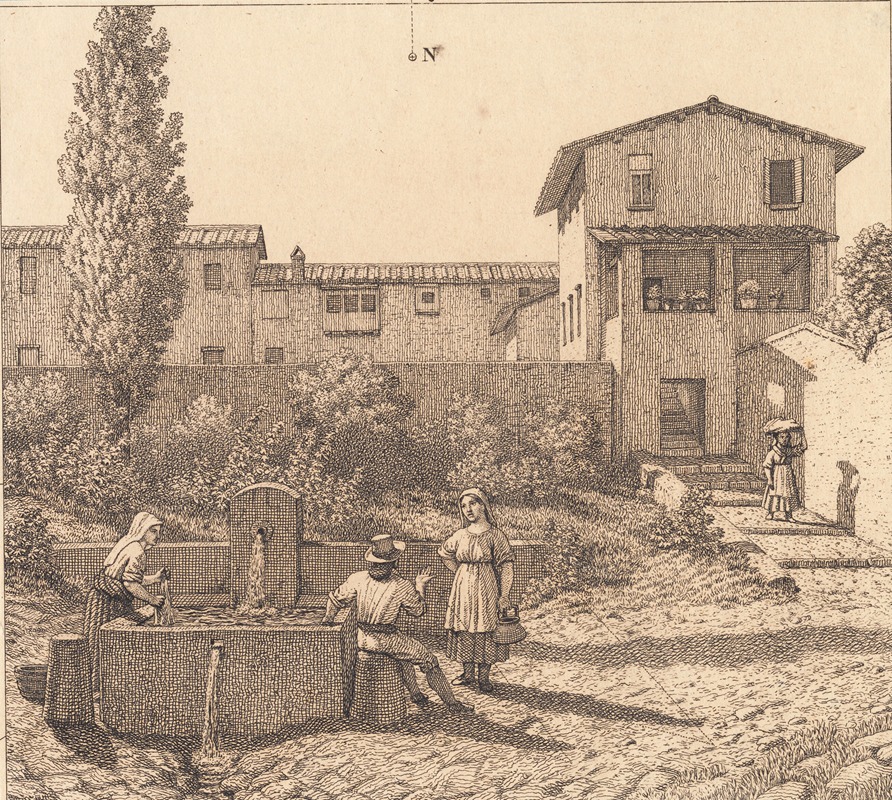
Parti af en italiensk landsby Illustration til Linearperspectiven , Tavle VI
A hand-painted replica of Christoffer Wilhelm Eckersberg’s masterpiece Parti af en italiensk landsby Illustration til Linearperspectiven , Tavle VI, meticulously crafted by professional artists to capture the true essence of the original. Each piece is created with museum-quality canvas and rare mineral pigments, carefully painted by experienced artists with delicate brushstrokes and rich, layered colors to perfectly recreate the texture of the original artwork. Unlike machine-printed reproductions, this hand-painted version brings the painting to life, infused with the artist’s emotions and skill in every stroke. Whether for personal collection or home decoration, it instantly elevates the artistic atmosphere of any space.
Christoffer Wilhelm Eckersberg (1783–1853) was a Danish painter often referred to as the "father of Danish painting." He played a significant role in the development of the Danish Golden Age of art and was known for his meticulous attention to detail, mastery of perspective, and ability to capture light and atmosphere in his works. One of his lesser-known works, Parti af en italiensk landsby. Illustration til Linearperspectiven, Tavle VI (translated as Part of an Italian Village. Illustration for Linear Perspective, Plate VI), exemplifies his dedication to the study and teaching of perspective.
This artwork was created as part of Eckersberg's efforts to illustrate the principles of linear perspective, a fundamental aspect of academic art training during his time. Eckersberg was not only a painter but also a professor at the Royal Danish Academy of Fine Arts in Copenhagen, where he emphasized the importance of perspective in creating realistic and harmonious compositions. The piece was included in his publication on linear perspective, which served as a teaching tool for students and artists.
The painting depicts a scene from an Italian village, showcasing Eckersberg's precise use of perspective to create depth and spatial coherence. The composition features architectural elements typical of Italian rural settings, such as buildings with tiled roofs, arches, and narrow streets. These elements are arranged in a way that draws the viewer's eye into the scene, demonstrating the principles of vanishing points and converging lines. The work reflects Eckersberg's time spent in Italy from 1813 to 1816, where he studied classical art and architecture, experiences that deeply influenced his artistic style and understanding of perspective.
While this piece was primarily created as an instructional illustration, it also highlights Eckersberg's artistic skill and his ability to blend technical precision with aesthetic appeal. The careful rendering of architectural details and the harmonious composition underscore his commitment to both art and education.
Eckersberg's contributions to art extended beyond his own works; his teachings and writings on perspective had a lasting impact on Danish art and influenced generations of artists. Parti af en italiensk landsby. Illustration til Linearperspectiven, Tavle VI stands as a testament to his dual role as an artist and educator, showcasing his dedication to advancing the understanding and practice of perspective in art.





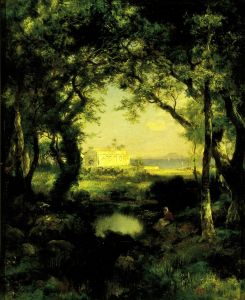
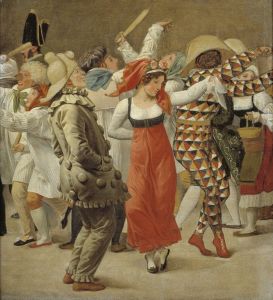
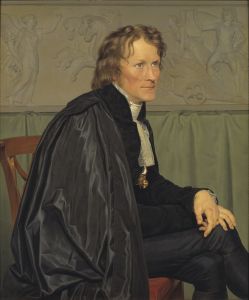
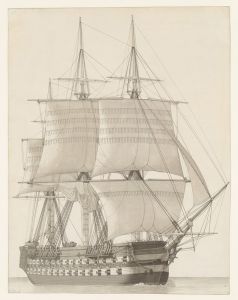
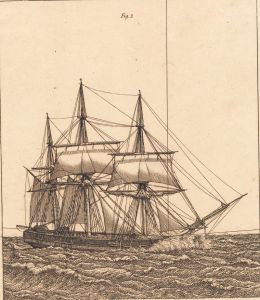
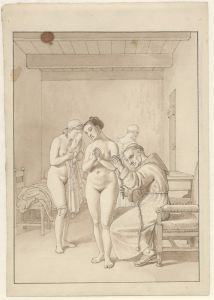
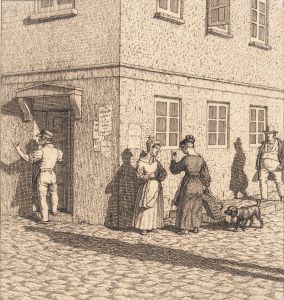
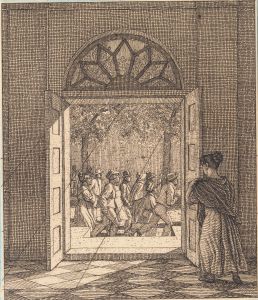
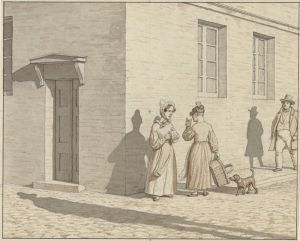
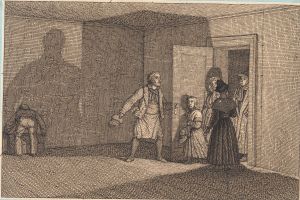
![Floral design for pier, capital, and ceiling.] [Perspective elevation drawing](/imgs/249344/s/winold-reiss-floral-design-for-pier-capital-and-ceiling-perspective-elevation-drawing-f863e626.jpg)
